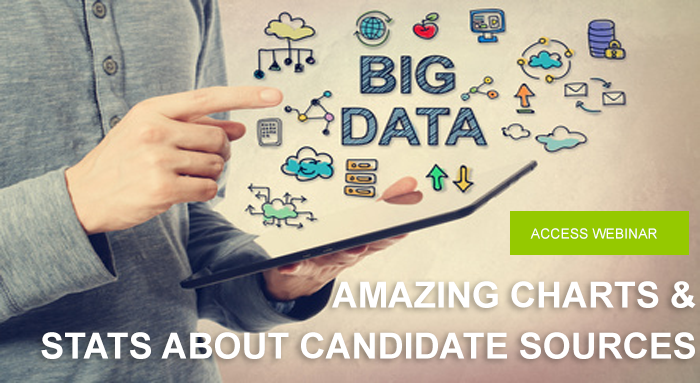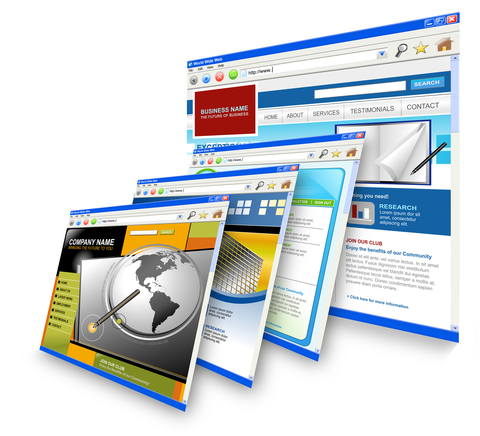
The last few years have seen a continuing growth in the use of predictive analytics – using computer models to analyse data and predict patterns and trends. Widely used in finance, insurance and marketing, it is less popular in HR, where much emphasis is still placed on human intuition.
Yet studies show that predictive analysis generally beats human judgement. Humans simply aren’t capable of balancing as many variables in our heads. The tactics we’ve evolved to get around this lead to bias and over-confidence in our own judgement. Yet studies have shown that predictive analytics equals or beats the decision making of senior managers in almost every case, and leads to an average of 5-6% higher gains than competitor companies.
So how can predictive analytics be applied in HR?
Recruitment
Traditionally, recruitment has used past performance as an indicator of future performance. However, there is more and more evidence that this is not a reliable indicator, especially when the candidate will be moving into a significantly different role. This is particularly risky at the top - a Harvard Business Review study found that two out of five new CEOs fail in their first 18 months.
Predictive analytics can identify more reliable indicators, and help pick the mix of skills, experience and competencies that will make the right candidate.
Learning and development
Predictive analytics can be used to identify wide trends, such as which competencies are easiest to learn, and which skills might benefit a company in the near future. It can also be used on a micro scale, to identify the approaches to training that will most suit a particular employee, and when they will next be ready for a significant learning opportunity.
Talent management and retention
People often don’t have a good grasp of what will really make them happy in a job and what will incentivise them to stay. Predictive analytics can identify trends in when employees leave, factors leading to retention, and how accurate particular answers from employees are likely to be. It can also use existing data to identify how likely particular groups of employees are to resign at any given time, allowing HR and managers to plan interventions.
Organizational change
Habits are the biggest barriers to organizational change. It can be incredibly hard to convince someone, however rational they might be, that the way they have been working is not the best way. But marketing has shown that analytics can identify not just habits but the points when people are most receptive to changing them. This information could be invaluable in planning significant organizational reorganization and business improvement work.
The catch
All of these examples come with a caveat – we must be aware of the limits of predictive analytics. A computer can test a hypothesis, but only humans can come up with the right hypothesis to test. And it is important to be aware of the limits of probability data – all statistics come with a margin of error, and it’s through a mixture of success and failure that accurate models are developed. But for a company willing to take on these tools, the potential benefits are huge.
 About the Author: Mark Lukens is a Founding Partner of Method3. He has 20 plus years of C-Level experience across multiple sectors including healthcare, education, government, and human capital/HR. In addition, Mark currently serves as Chairman of the Board for Behavioral Health Service North, a large behavioral health services provider in New York and the Peru Planning Board. He actively serves (Professor/Lecturer) on the faculty of the State University of New York (SUNY) and teaches in the School of Business and Economics; Department of Marketing and Entrepreneurship and the Department of Management, International Business and Information Systems. Mark is also highly recognized in the technology and healthcare space with credentials including MCSE and Paramedic.
About the Author: Mark Lukens is a Founding Partner of Method3. He has 20 plus years of C-Level experience across multiple sectors including healthcare, education, government, and human capital/HR. In addition, Mark currently serves as Chairman of the Board for Behavioral Health Service North, a large behavioral health services provider in New York and the Peru Planning Board. He actively serves (Professor/Lecturer) on the faculty of the State University of New York (SUNY) and teaches in the School of Business and Economics; Department of Marketing and Entrepreneurship and the Department of Management, International Business and Information Systems. Mark is also highly recognized in the technology and healthcare space with credentials including MCSE and Paramedic.
Related articles:
HR Industry changes and analysis from 2008 to 2013
Incredible stats about candidate sourcing in 2013















